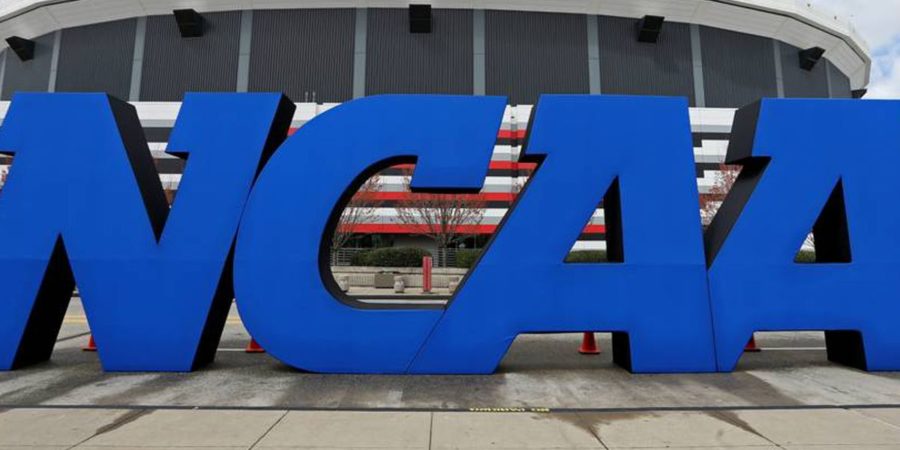On June 13, the NCAA announced a dramatic change to their policy relating to athletes participating in football and their ability to utilize their rights to redshirt. In short, the rule change – effective this season – enables players who have not yet used a redshirt year to participate in up to four games while still preserving their option to redshirt in the event they suffer an injury, or experience other factors that result in them playing only a small number of games.
Previously, and outside of sitting out an entire season, NCAA rules dictated that the only way a player could preserve a year of eligibility via redshirt was if they suffered an injury and not been able to participate in more than three games.
For coaches, playing a player who was originally expected to redshirt would not only result in that player automatically losing a year of eligibility, but could also create a ripple effect that could extend all the way to recruiting as a result of the unanticipated lack of spacing between classes at a particular position.
For players, the old redshirt rule offered scant flexible in terms of being able to self-determine their eligibility and maximize their development as an athlete while in college.
Now that the new rule is in place, those concerns are officially a relic of the past. But what impact could the new redshirt rule have on Oregon football this season?
1. Expect true freshmen to play – A LOT
Especially considering the three cupcakes the Ducks are slated to face to open the season in Bowling Green (Sept. 1), Portland State (Sept. 8), and San Jose State (Sept. 15). Given the level of competition, Oregon figures to enter each of those contests as heavy favorites at home, meaning it would come as no surprise to see first-year head coach Mario Cristobal make liberal use of his second, third, and fourth-string units beginning just before the halftime rush to the concession stands.
More so than virtually every other Power 5 five team during the first three weeks of the regular season, the Ducks will be afforded a tremendous opportunity to thoroughly evaluate their newcomers – without risking future eligibility … or wins for that matter – before reaching the meat of their schedule.
2. The number of potential transfers could be curbed
Admittedly, this is more speculation than anything, but it stands to reason that with the new redshirt rule, fewer players will entertain the idea of transferring – particularly after their first year on campus. With immediate playing time serving as a proverbial, yet much more attainable, carrot being dangled in front of players’ faces, the urge to transfer could be significantly reduced as it coincides with opportunities to play early in one’s career. That’s not to say that transfers will be obsolete – they almost certainly won’t. However, the new rule will provide players with a clearer path and better understanding of their role and place on the depth chart as they begin their collegiate careers.
3. Greater intensity in competition, especially for backup roles
Fall camp typically serves as a month-long proving ground for incoming players to establish themselves alongside their more seasoned counterparts. With the new rule, however, competition between newcomers and veterans could extend into the season in a much more significant way. Players, who in years past may have been straddling the line between playing as true freshmen and redshirting at the conclusion of fall camp, will now find themselves immersed in intense competitions for reps on the field well into conference play.
Nowhere will this be more evident than in the competition for backup quarterback between Braxton Burmeister and Tyler Shough. Burmeister, a sophomore, entered the spring penciled in as Justin Herbert’s backup after prominently (if not haplessly) serving that role in 2017. Shough, a highly touted true freshman, arrived on campus and competed with Burmeister for the backup job this spring, exhibiting skills that could make him a serious threat to overtake Burmeister for QB2 some time this fall. In years past, if the competition was close enough and no significant injuries atop the depth chart occurred, a staff may be more inclined to lean towards the more experienced player (Burmeister) in order preserve the eligibility of the young up-and-comer (Shough). Now, live game action can be offered as a risk-free litmus test to perhaps more accurately determine a newcomer’s place on the depth chart.

